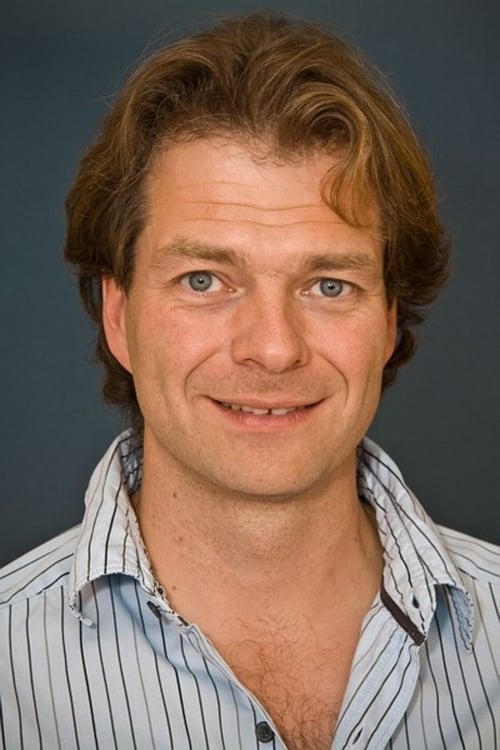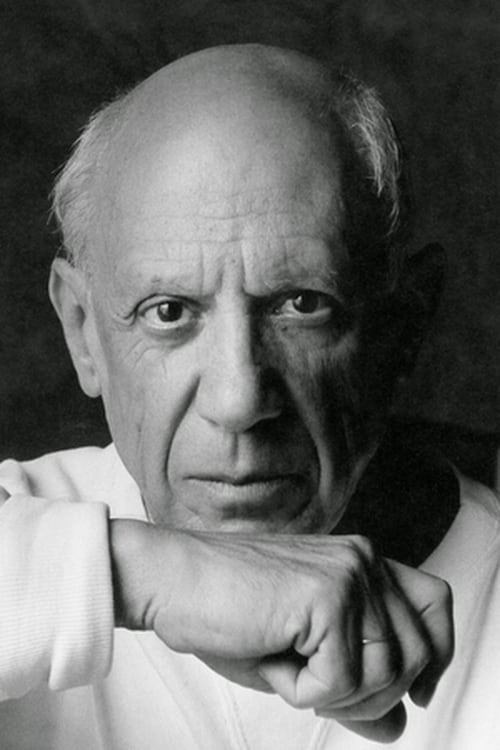Looking for Modern Art: Rethinking Art History (2018)
Género : Documental, Película de TV
Tiempo de ejecución : 53M
Director : Jörg Jung
Sinopsis
Many twentieth century European artists, such as Paul Gauguin or Pablo Picasso, were influenced by art brought to Europe from African and Asian colonies. How to frame these Modernist works today when the idea of the “primitive” in art is problematic?
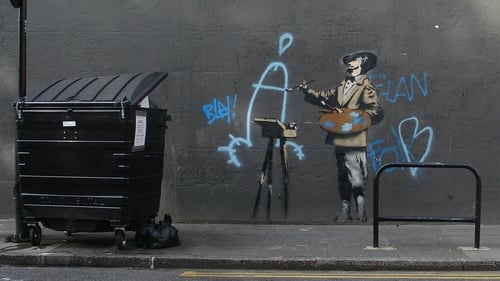
Thierry Guetta es un un francés que vive en Los Ángeles y cuya única obsesión es grabarlo todo con su cámara de vídeo. Poco a poco se va introduciendo en el mundo del arte urbano y llega a conocer a Banksy, el artista urbano más famoso de la historia. En los títulos de crédito oficiales no aparece ningún director o guionista, tan sólo "Un film de Banksy".
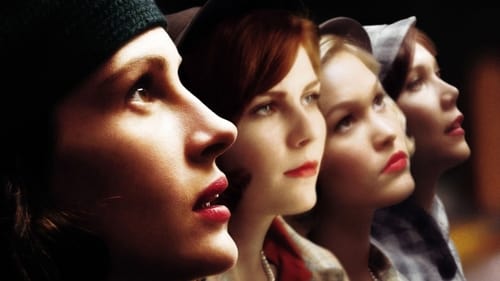
En 1953, Katherine Watson (Julia Roberts) se traslada desde California al campus de la prestigiosa y estricta universidad de Wellesley en Nueva Inglaterra para enseñar historia del arte. En plena postguerra, Watson espera que sus estudiantes, las mejores y las más brillantes del país, aprovechen las oportunidades que se les presentan para emanciparse. Sin embargo, poco después de su llegada, descubre que la prestigiosa institución está anclada en la tradición y el conformismo.

Mindy Alper es una torturada y brillante artista de 56 años representada por una de las galerías más importantes de Los Ángeles. Sus problemas mentales la han obligado a pasar mucho tiempo en instituciones psiquiátricas, incluso a vivir un periodo de 10 años sin poder hablar. Sin embargo, ha sido capaz de producir un gran número de obras que expresan su estado emocional con una precisión psicológica increíble.

A rural American town suffering economically from factory closures finds an unconventional route to recovery with the help of MASS MoCA.

A look at the feud between graffiti artists King Robbo and Banksy.

Sometimes reduced to the image of a cursed artist, Amedeo Modigliani, an admirer of the masters of the Italian Renaissance, has traced an unparalleled path in modern art.
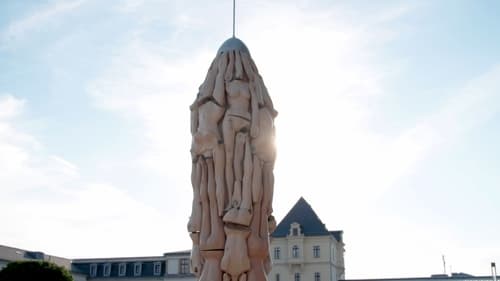
Both a visit to a very peculiar exhibition at the Bundeswehr Military History Museum in Dresden, Germany, as well as an unprejudiced look at the artistic depiction of violence throughout history and the ways in which that depiction has been gendered.

The film follows the plight of young Zimbabwean artist Kudzanai Chiurai, casting light on the creative process behind his art piece "State of the Nation".

This movement marks the beginning of modern art in Germany. It is the German equivalent of French Fauvism, from which it draws its main inspiration, but it carries an Expressionist and social emphasis that is characteristic of Nordic 'angst.' The artists of Die Brucke were restless creatures, over-sensitive, haunted by religious, sexual, political or moral obsessions. Dramatic landscapes and nudes, mystical and visionary compositions, scenes of the countryside, the streets, the circus, the cafe-dansants and the demi-monde were their principal subjects. Their pure colours blaze in acid stridency, encompassed by rough, dry contours which show the influence of African art and primitive woodcuts. The work of the following is shown: Kirchner, Fritz Bleyl, Erich Heckel, Schmidt-Rottluff, Otto Muller, Emil Nolde and Max Pechstein.

A smaller scale Eiffel Tower and the Champs-Elysées can be found just outside Shanghai; a copy of St. Peter’s in Rome can be found in Yamoussoukro, in the Ivory Coast: a journey over three continents to see the architecture of imitation, the uncanny world of the fake.

M.C. Escher is among the most intriguing of artists. In 1956 he challenged the laws of perspective with his graphic Print Gallery and his uncompleted master-piece quickly became the most puzzling enigma of modern art. Fifty years later, can mathematician Hendrik Lenstra complete it? Should he?
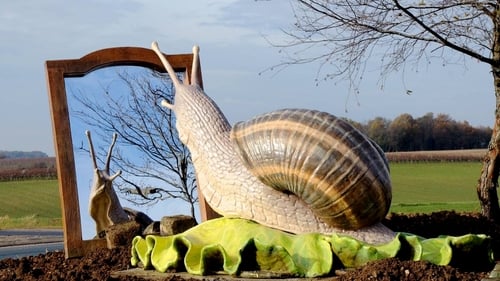
In Europe, road junctions have become public art galleries. A road trip across France, Switzerland, the Canary Islands, Greece and Germany exploring the glorious world of roundabout art.

Shot on 16mm celluloid across parts of New Zealand and Samoa, interdisciplinary artist Sam Hamilton’s ten-part experimental magnum opus makes thought-provoking connections between life on Earth and the cosmos, and, ultimately, art and science. Structured around the ten most significant celestial bodies of the Milky Way, Apple Pie’s inquiry begins with the furthest point in our solar system, Pluto, as a lens back towards our home planet and the ‘mechanisms by which certain aspects of scientific knowledge are digested, appropriated and subsequently manifest within the general human complex’. Christopher Francis Schiel’s dry, functional narration brings a network of ideas about our existence into focus, while Hamilton’s visual tableaux, as an extension of his multifaceted practice, veer imaginatively between psychedelic imagery and performance art.


